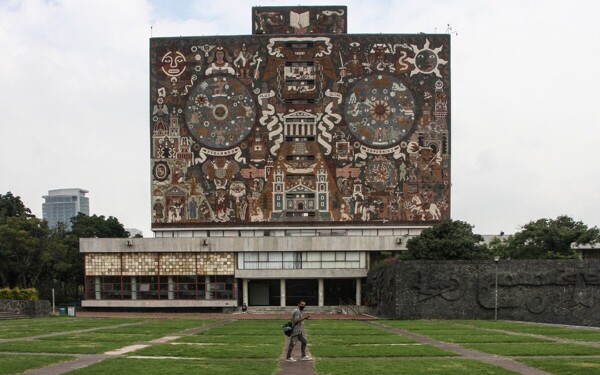
Fentanyl, a powerful opioid, is used daily by 75% of users up to four times a day, according to recent data. An alarming increase in medical emergencies due to fentanyl overdoses has been observed in various states of Mexico between June 2023 and January 2024.
According to the National Commission for Mental Health and Addictions, 22 cases of fentanyl poisoning have been reported in different states, including Baja California with 7 cases, Sinaloa with 6, and other states such as Sonora, Quintana Roo, Morelos, Jalisco, Oaxaca, Tamaulipas, and Mexico City with lower incidence.
Analysis of fentanyl demand in 2024 reveals that opioid-related emergencies have increased in recent years, with a total of 759 cases in 2023. It is evident that public health policies face significant challenges in light of the growing consumption and adulteration of fentanyl.
Fleiz Benítez, a researcher at the Faculty of Medicine of UNAM and the National Institute of Psychiatry “Ramón de la Fuente Muñiz,” has highlighted the importance of addressing this crisis from a broad perspective that includes human rights, mental health, and social inclusion. He also pointed out the need to allocate resources to investigate new psychoactive substances and their impacts on public health.
Fentanyl consumption at the Mexico-US border continues to rise due to its high availability and low cost, with doses ranging between 30 and 50 pesos. However, new concerns have arisen regarding the adulteration of this substance with xylazine, an unauthorized veterinary muscle relaxant for human use, which significantly increases the risks of overdose and severe side effects.
The researcher warns about the dangers of this mixture in cities like Tijuana and Mexicali, where fentanyl is mostly consumed by injection, smoking, or ingestion, and nearly 90% of doses are mixed with crystal. This combination of fentanyl and xylazine can lead to increased sedation and prolong the effects of fentanyl, with severe consequences for the health of consumers.













